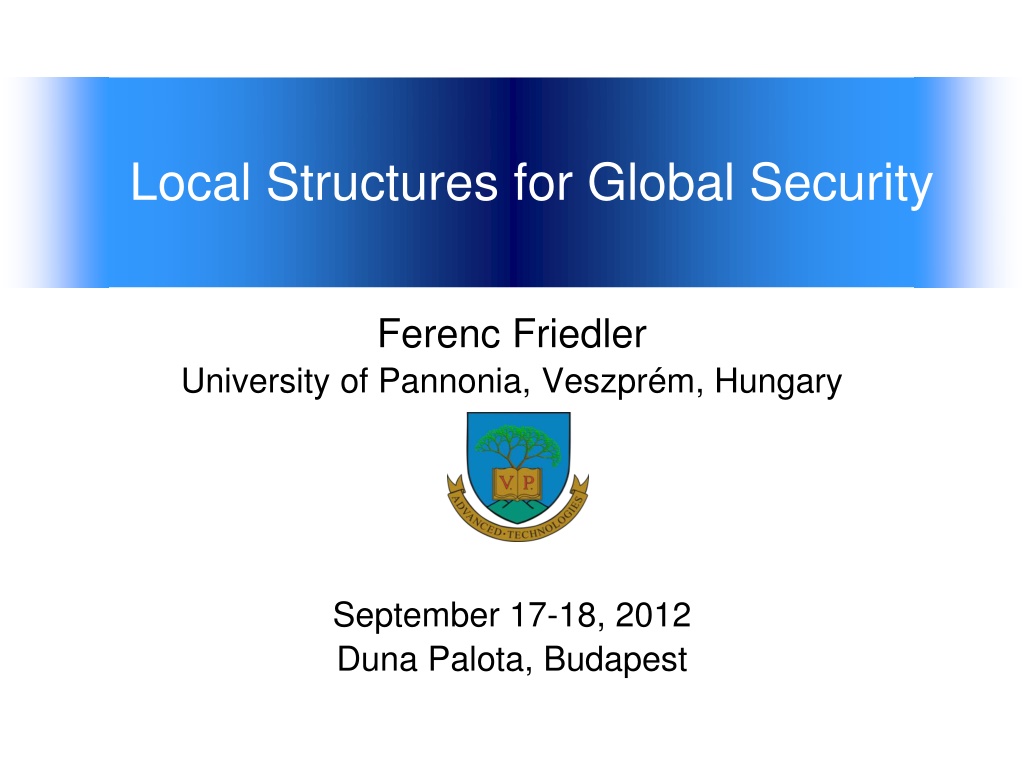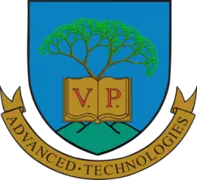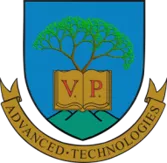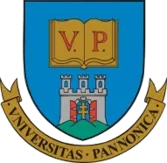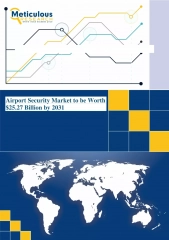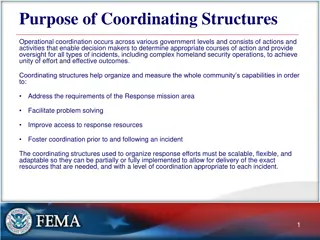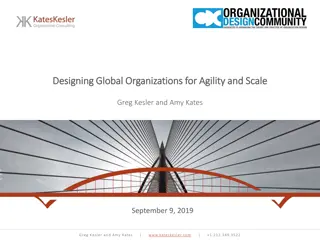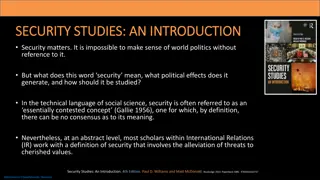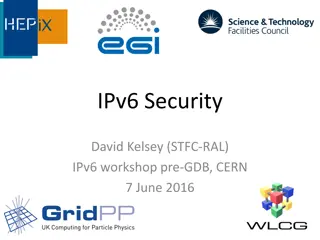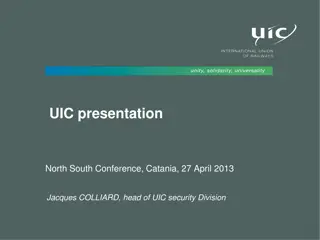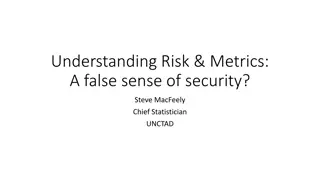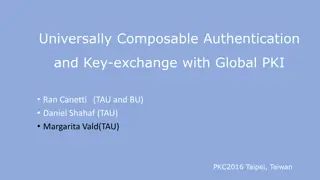Local Structures for Global Security - Presentation Highlights
Exploring the concept of security from an engineering perspective, this presentation delves into recent disasters, potential risks, types of risks, and definitions of security. It emphasizes the need for a local approach to address global security challenges through cooperation and interdisciplinary efforts.
Download Presentation

Please find below an Image/Link to download the presentation.
The content on the website is provided AS IS for your information and personal use only. It may not be sold, licensed, or shared on other websites without obtaining consent from the author. Download presentation by click this link. If you encounter any issues during the download, it is possible that the publisher has removed the file from their server.
E N D
Presentation Transcript
Local Structures for Global Security Ferenc Friedler University of Pannonia, Veszpr m, Hungary September 17-18, 2012 Duna Palota, Budapest
Outline Introduction Recent disasters and potential risks Definitions General goals Sources of risks Security and PSE Contributions Concluding remarks
Preliminary Comment Even a cultural activity can generate global disaster.
Introduction Security is a global issue Global solution is not available Highly interdisciplinary, enormous literature Process systems engineering (PSE) Structure decomposition Security from engineering perspective Cooperation between experts of specific areas Think globally, act locally
Recent disasters Breakdown of Internet in Hungary (April 30, 2012) 77 million user s data stolen from Sony PlayStation Network (2011) Fukushima nuclear power station catastrophe (2011) Pakistan knocked YouTube offline for two hours (2008) LA Airport 17 thousand flights grounded (2007) Power grid breakdown, NY (2003) D sseldorf Airport fire (1996) Ariane 5 failure (1996)
Potential risks Aircrafts are on the internet (disaster without explosives) Power grid long-term breakdown Cars and trucks can be directed and controlled through internet Chemical plant disaster Loss of strategic database
Types of risks - Cultural - Technical - Helth - Internet - Environment - Military - Political Comment: any injury or loss in an area can affect another areas, i.e., security is considered to be multidimensional
Definitions Security: the state of being free from danger or threat (Oxford Dictionary) Security is the process or means, physical or human, of delaying, preventing, and otherwise protecting against external or internal, defects, dangers, loss, criminals, and other individuals or actions that threaten, hinder or destroy an organization s steady state, and deprive it of its intended purpose for being Security and safety will be considered together in this presentation Focus is on the engineering aspects of security and safety
General goals Minimize the risk of failure (crisis, catastrophe) Minimize the loss of failure (crisis or catastrophe) Minimize the cost of safety
Sources of risks Natural and human activities are the sources of risks and threats Types of activities: transformation (e.g., data base management, production of gasoline from crude oil, earth-quake) flow (crude oil in a pipe line, electricity on the network, information on the internet, cunami in the ocean)
Both transformations and flows are subject to - faulty, - unwanted or - unexpected operations primarily because of design, maintenance, and operations problems. Possible way of reducing the risks is to assure the quality of the activities In practice, it is impossible, must not consider Activities are interconnected and interdependent, therefore, risks are global
Risk is exploding Complexity increasing rapidly (introducing new types of services among the available activities) Unnecessary activities (refrigerator on the internet) Lack of quality control (speed is preferred to quality) Increasing gap between the available tools (mathematical or technical) and the complexity of the security issue
Contradiction? Security is global, cannot be solved locally Global solution is needed The solution should be systematic based on mathematical model (instead of intuitive) Global mathematical model is not solvable Solution: Back to the basics (G. Polya) Consider process systems engineering (PSE)
Security and PSE PSE: Process Systems Engineering Security from PSE perspectives Initialized by the chemical industry of the 1970 s Motivated by the competition (energy crisis), safety, etc. Fundamental tool: global problem is solved as a sequence of smaller subproblems Basis of the decomposition: structure of the system Illustrative examples: Systematic vs. intuitive solution Structure is crutial Importance of the mathematical model
Systematic vs. intuitive solution Comp. Chem. Eng., 1995 Incomplete superstructure Cost: 138.7* Comp. Chem. Eng., 2000 Complete superstructure Cost: 104.3** * Other school s work ** Our work (optimality guaranteed) 15
Why structure is crutial? The selection of the structure can typically reduce energy consumption by 50% and net- present cost by 35% (Siirola, 1996)
Importance of the mathematical model Optimal network Kovacs, Z., F. Friedler, and L. T. Fan, Recycling in a Separation Process Structure, AIChE J., 39, 1087-1089 (1993) 17
Axioms of combinatorially feasible structures For PNS problem (P,R,O) a P-graph (m,o) satisfying the following five axioms is a combinatorially feasible network. (S1) P m (S2) x m, d-(x)=0 iff x R (S3) o O (S4) y0 o path [y0, yn] where yn P (S5) x m, ( , ) o such that x ( )
Reduction of the search space The five axioms reduce the 34 billion combinations of the operating units to 3,465 combinatorially feasible structures for the industrial process synthesis problem of 35 op. units. The optimal solution is included in the set of 3465 feasible structures. 19
Reduction of the search space 10.000 x 20
PSE in practice Example: no chemical process is develobed before it is simulated and analysed by a computer simulation program since 1980s Even a chemical process is too complex to describe its behaviour by an overall mathematical model. It is decomposed: local structures for the global problem
UPs contribution Research and Development P-graph framework for PSE Dynamic evaquation Synthesis and analysis of integrated security systems Design of optimal systems under reliability constraints Supply chain management under safety requirements Integrated synthesis of a process and its fault-tolerant control system Sustainable process design Organization: Research and Development Center for Security Cooperation: Experts in specific areas are welcome
Concluding remarks Security is a global issue Systematic methodology is required for minimizing the risk minimizing the loss minimizing the cost Unavailable PSE is a potential technology Key point: decomposition for local structures
